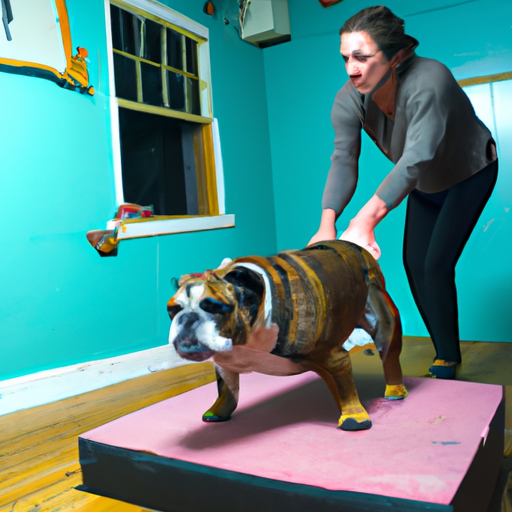Understanding Your Stubborn Dog
First and foremost, you need to truly grasp the concept that your dog isn’t necessarily ‘stubborn’, but rather, they’re a unique individual with their own quirks, characteristics, and ways of communicating. Dogs, like humans, have their own personalities and temperaments.
- Some dogs are naturally more independent
- Some dogs are more social and cooperative
There’s no one-size-fits-all approach to training dogs. You’ll need to tailor your methods to suit your furry friend’s unique personality traits.
Setting the Scene for Success
Your first task is to create a positive and supportive environment conducive to learning. This means removing distractions and potential triggers from your training area.
- Choose a quiet, familiar space for training sessions
- Remove any distractions (like toys or other pets)
- Make sure you have your dog’s favorite treats on hand
By creating this optimal training environment, you’ll help your dog focus on the task at hand.
Using Positive Reinforcement
Positive reinforcement is a key aspect of dog training, particularly for those dogs that may be more independent or harder to motivate.
| Method | Description |
|---|---|
| Treats | These are a great way to reward good behavior. Just make sure to use them sparingly, so your dog doesn’t become reliant on treats to obey commands. |
| Praise | A simple “good dog” or petting can be just as effective as a treat. |
| Playtime | If your dog is more play-motivated, a quick game of fetch or tug can be a great reward. |
Patience is Key
In your journey of training a so-called stubborn dog, patience will be your best friend. It’s important to remember that your dog isn’t being defiant or difficult on purpose – they’re just trying to understand what you want from them.
Stay patient, stay consistent, and celebrate small victories along the way. Your dog might not become an obedience champion overnight, but with time and patience, they’ll start to understand and respond to your commands more consistently.
Frequently Asked Questions (FAQs)
Q: My dog isn’t responding to treats. What should I do?
A: Try different types of rewards. Some dogs respond better to praise or playtime.
Q: How long should training sessions be?
A: Keep training sessions short and sweet. Aim for 15 to 20 minutes at a time.
Q: How often should we practice?
A: Practice daily if possible. Consistency is key in dog training.
Remember, every dog is unique, and what works for one might not work for another. With patience, understanding, and a bit of creativity, you’ll find the best approach to train your stubborn dog. Good luck on your journey!



